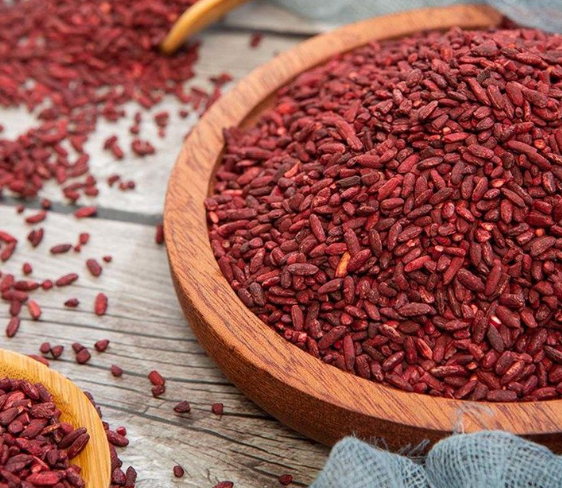Red yeast rice is produced by fermentation of a yeast on rice. The yeast is usually Monascus purpureus.
Depending on the yeast strain used and the conditions of fermentation, the yeast can enrich the rice with substances known as monacolins, including monacolin K. Monacolin K is structurally identical to the medicine lovastatin.
Lovastatin, like other statin drugs, helps slow the production of cholesterol in the body to decrease the amount of cholesterol that may build up on the walls of arteries and block blood flow to the heart, brain, and other parts of the body. Statin drugs are used together with diet, weight loss, and exercise to reduce the risk of heart attack and stroke.
Red yeast rice comes in the forms of food, traditional Chinese medicine, dietary supplements, and other products.
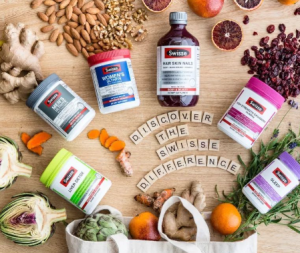
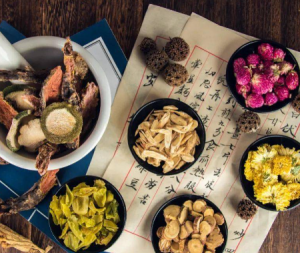
Several studies have shown that red yeast rice lowers LDL ("bad") cholesterol levels. High cholesterol levels raise the risk of heart disease. Red yeast (Monascus purpureus) stops the action of an enzyme in the body that helps make cholesterol.
Red yeast rice contains substances known as monacolins. One of these, monacolin K, has the same chemical makeup as lovastatin (Mevacor), a prescription drug that lowers cholesterol. Some researchers think that is why red yeast rice lowers cholesterol. Others point out that the amount of monacolin in red yeast rice is less than you would find in the prescription drug. They think there may be other substances in red yeast rice that help lower cholesterol. More research is needed.
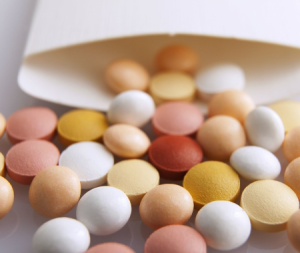
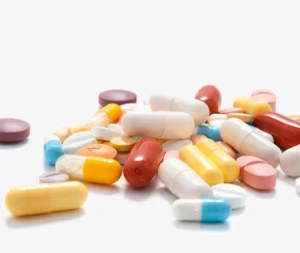
Several studies suggest that red yeast rice reduces high cholesterol. However, most of the studies have used a formulation of red yeast rice, Cholestin, which is no longer available in the U.S. You can still buy Cholestin, but it no longer has any red yeast rice. The FDA requires any red yeast product that has monacolin to be taken off the market.



